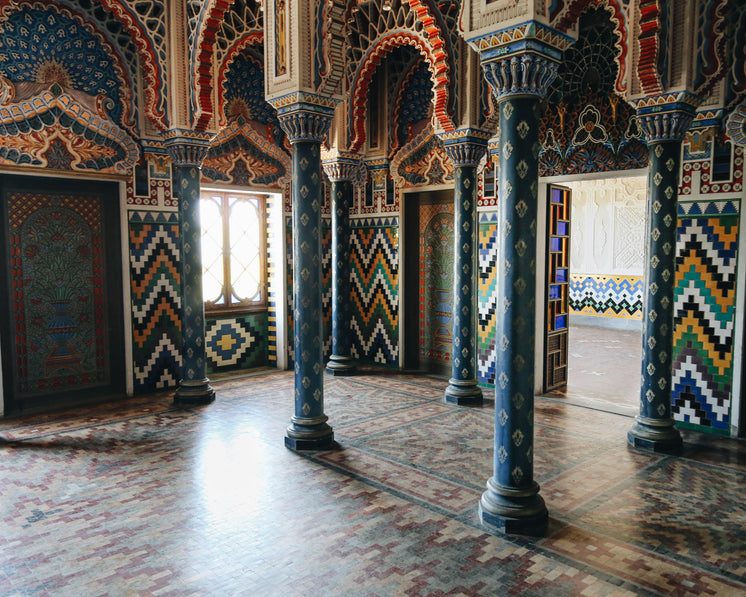Agile Layout - An Overview to Efficient and Adaptable Product Creation
페이지 정보

본문
Introduction
Agile Design offers a versatile, reliable method to product development, combining agile principles with layout reasoning. This approach makes use of short, iterative cycles and quick customer comments to create remedies that satisfy customers' evolving demands. Agile design best practices Layout is specifically efficient in a world where market requires adjustment quickly and items need to be easy to use.
 Defining Agile Style
Defining Agile Style
Agile Style incorporates style concepts with active operations, bring about items that are receptive, high-grade, and user-centered. By welcoming an iterative approach, Agile Style allows groups to test and improve their job, making certain a close placement with individual needs.
Core Principles of Agile Layout
User-Centered Reasoning: Agile Layout guarantees customer comments is at the forefront of each iteration. This continuous comments process aids lead the growth of a product that lines up with user assumptions.
Quick Prototyping: Agile Style entails creating prototypes that can be evaluated and improved rapidly, stopping expensive style adjustments at later phases.
Cross-Disciplinary Partnership: Cooperation between various groups, such as developers, developers, and stakeholders, is important to Agile Design's success.
Receptive to Change: Agile Layout encourages adaptability, adjusting as market requires or customer assumptions develop.
Why Agile Layout Matters
The Agile Style process causes items that better fit customers' demands, creating a competitive side. By reacting to real-time feedback, Agile Style lowers advancement expenses and develops products that adapt to changing demands.
How to Apply Agile Layout
Break down the project right into layout sprints, which enables quicker changes based on responses. Constant screening with actual users guarantees the end product matters and user-focused.
Agile Layout offers a versatile, reliable strategy to product growth, integrating active concepts with style reasoning. This approach makes use of short, repetitive cycles and rapid user comments to create options that meet users' developing demands. Agile Style is particularly reliable in a world where market demands change swiftly and products need to be user-friendly.
Agile Design offers a versatile, reliable method to product development, combining agile principles with layout reasoning. This approach makes use of short, iterative cycles and quick customer comments to create remedies that satisfy customers' evolving demands. Agile design best practices Layout is specifically efficient in a world where market requires adjustment quickly and items need to be easy to use.
 Defining Agile Style
Defining Agile StyleAgile Style incorporates style concepts with active operations, bring about items that are receptive, high-grade, and user-centered. By welcoming an iterative approach, Agile Style allows groups to test and improve their job, making certain a close placement with individual needs.
Core Principles of Agile Layout
User-Centered Reasoning: Agile Layout guarantees customer comments is at the forefront of each iteration. This continuous comments process aids lead the growth of a product that lines up with user assumptions.
Quick Prototyping: Agile Style entails creating prototypes that can be evaluated and improved rapidly, stopping expensive style adjustments at later phases.
Cross-Disciplinary Partnership: Cooperation between various groups, such as developers, developers, and stakeholders, is important to Agile Design's success.
Receptive to Change: Agile Layout encourages adaptability, adjusting as market requires or customer assumptions develop.
Why Agile Layout Matters
The Agile Style process causes items that better fit customers' demands, creating a competitive side. By reacting to real-time feedback, Agile Style lowers advancement expenses and develops products that adapt to changing demands.
How to Apply Agile Layout
Break down the project right into layout sprints, which enables quicker changes based on responses. Constant screening with actual users guarantees the end product matters and user-focused.
Agile Layout offers a versatile, reliable strategy to product growth, integrating active concepts with style reasoning. This approach makes use of short, repetitive cycles and rapid user comments to create options that meet users' developing demands. Agile Style is particularly reliable in a world where market demands change swiftly and products need to be user-friendly.
- 이전글Independent Name Women In Karachi 24.11.28
- 다음글비아그라 코막힘 24.11.28
댓글목록
등록된 댓글이 없습니다.

